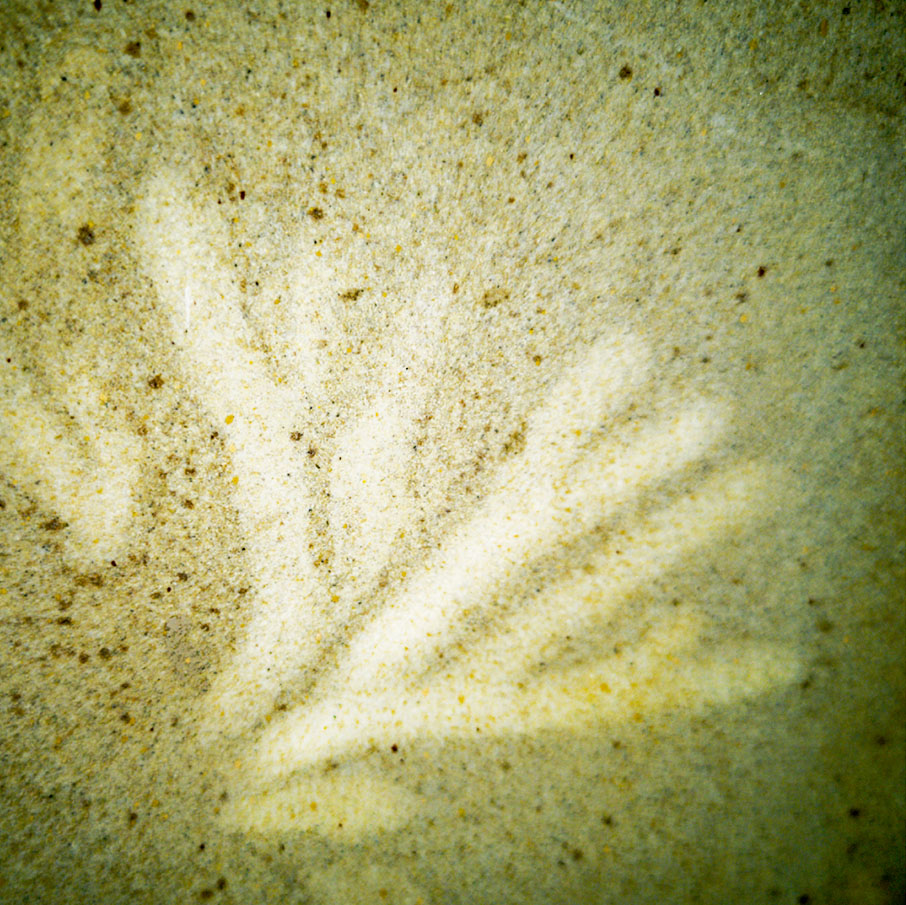Abstract
Dactyloidites ottoi traces associated with medium grained, mature, siliceous sandstone facies, with planar and curved parallel lamination and HCS cross laminations were developed in shallow marine environments (upper shoreface) of the Coris Formation (Miocene). High-energy environmental conditions were caused by waves, storms, tides and currents. Episodic sedimentation with high-energy erosive events caused by storms alternating with low-energy deposition with organic matter input favored sediment rework by organisms. These ichnofossils are infrequent in the sedimentary record and they had not previously been reported in Costa Rica. They are constituted by elongated elements which radiate from a central shaft and create a series of rosetted or fan-shaped tiered galleries. The organism that created these structures is yet unknown, however, several studies coincide that it must have been a feeding fodichnia trace produced by a worm-like organism which is part of the Cruziana Icnofacies.
References
Aguirrezabala, L. M. y De Gibert, J. M. (2004). Paleodepth and paleoenvironment of Dactyloidites ottoi (Geinitz, 1849) from Lower Cretaceous deltaic deposits (Basque-Cantabrian Basin, west Pyrenees). Palaios, 19, 276-291.
Boggs, S. (2009). Principles of Sedimentology and Stratigraphy Fourth Edition. New Jersey: Pearson Prentice Hall.
Boyd C. y McIlroy, D. (2016). Three-dimensional morphology and palaeobiology of the trace fossil Dactyloidites jordii nov. isp. from the Carboniferous of England. Geobios, 49(4), 257-264.
Bromley, R. G. (1996). Trace Fossils: Biology, Taphonomy and Applications, 2nd ed. London, Chapman & Hall.
Bromley, R. G., Uchman, A., Gregory, M. R. y Martin, A. J. (2003). Hillichnus lobosensis igen. et isp. nov., a complex trace fossil produced by tellinacean bivalves, Paleocene, Monterey,California, USA. Palaeogeography, Palaeoclimatology, Palaeoecology, 192, 157-186.
Castillo, R. (1969). Geología de los mapas básicos Abra y partes de Río Grande, Costa Rica. Informe interno. Ministerio de Economía y Comercio. San José, Costa Rica.
Denyer, P. y Arias, O. (1991). Estratigrafía de la región central de Costa Rica. Revista Geológica de América Central, 12, 1-59.
Fischer, R. y Franco, J. (1979). La Formación Coris (Mioceno; Valle Central, Costa Rica). Informe Semestral Instituto Geográfico Nacional, 2, 15-71.
Fürsich F. T. y Bromley, R. G. (1985). Behavioural interpretation of a rosetted spreite trace fossil: Dactyloidites ottoi (Geinitz). Lethaia, 18, 199-207.
Fürsich F. T, Uchman A., Alberti M. y Pandey D. K. (2018). Trace fossils of an amalgamated storm-bed succession from the Jurassic of the Kachchh Basin, India: The significance of time-averaging in ichnology. Journal of Paleogeography, 7(1), 14-31.
Gibert J. M. De, Martinell J. y Domenech, R. (1995). The rosetted feeding trace fossil Dactyloidites ottoi (GEINITZ) from the Miocene of Catalonia. Geobios, 28(6), 769-776.
Lazo, D., Palma, R. y Piethé, R. (2008). La traza Dactyloidites ottoi (Geinitz) en la Formación La Manga, Oxfordiano de Mendoza. Ameghiniana (Asociación Paleontológica Argentina). 45 (2), 1-6.
López Martínez, N. y Ardévol, L. (1999). Hallazgo de Dactyloidites ottoi (Geinitz, 1849) en la Arenisca de Arén (Cretácico Superior surpirenaico. Revista Española de Paleontología. 9, 129-133.
Mcbride F. y Moslow T. F. (1991). Origin, evolution, and distribution of shoreface sand ridges, Atlantic inner shelf, U.S.A. Marine Geology. 97(1-2), 57-85.
MacEachern, J. A., Pemberton, S. G., Gingras, M. K. y Bann, K. L. (2007). The Ichnofacies Paradigm: A Fifty-Year Retrospective. En: Miller, W. (Editor), Trace Fossils: Concepts, Problems, Prospects (pp. 52-57. Netherlands, Elsevier.
Mayoral, E., Ledesma-Vazquez J., Baarli, B. G., Santos A., Ramalho R., Cachão y M.,
da Silva C. M. y Johnson M. E. (2013). Ichnology in oceanic islands; case studies from the Cape Verde Archipelago. Palaeogeography, Palaeoclimatology, Palaeoecology. 381–382, 47–66.
Miall, A., (2000): Principles of sedimentary basin analysis. Berlin, Springer-Verlag.
Myrow, P. M. y Southard, J. B. (1991). Combined-flow model for vertical stratification sequences in shallow marine storm-dominated beds. Journal of Sedimentary Research. 61, 202-210.
Nichols, G. (2009). Sedimentology and Stratigraphy. Second Edition. West Sussex: John Wiley & Sons Ltd.
Obando, L. G., Bottazzi, G. y Alvarado, F., (1991). Sedimentología de algunas facies de la Formación Coris (Mioceno Medio, Mioceno Superior), Valle Central, Costa Rica, América Central. Revista Geológica de América Central. 13, 61-71.
Pickerril, R. K., Donovan S. K. y Dixon, H. L. (1993). The trace fossil Dactyloidites ottoi (Geinitz, 1849) from the Neogene August Town Formation of south-central Jamaica. Journal of Paleontology 67: 1070-1074.
Uchman, A. y Pervesler, P. (2007). Palaeobiological and palaeonvironmental significance of the Pliocene trace fossil Dactyloidites peniculus. Acta Palaeontologica. Polonica, 52(4), 799–808.
Comments

This work is licensed under a Creative Commons Attribution-NonCommercial-ShareAlike 3.0 Unported License.
Copyright (c) 2020 Teresita Aguilar






